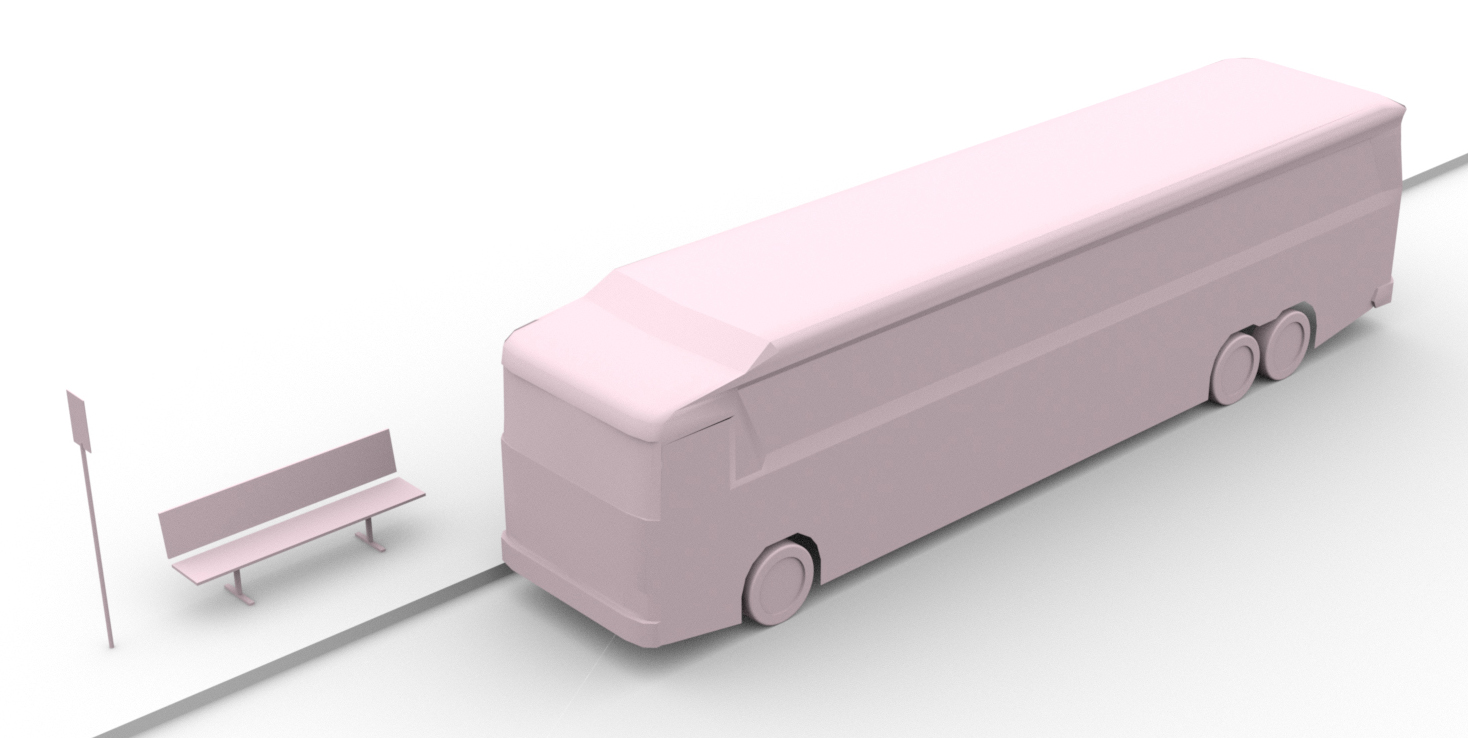Hub

A transport hub (also transport interchange) is a place where passengers and cargo are exchanged between vehicles or between transport modes.
Contents
Description
Public transport hubs include train stations, rapid transit stations, bus stops, tram stop, airports and ferry slips. Freight hubs include classification yards, seaports and truck terminals, or combinations of these. For private transport, the parking lot functions as a hub [1]. For the purposes of Urban Securipedia, we focus on two types of hub; stations and ports:
| Hub type | Description | Icon |
|---|---|---|
| Station | A stopping place on a public transportation route for trains, metro and tram systems, often consisting of a platform and a building or group of buildings depending on scale. The station allows passengers to embark or disembark from the mode of transport. |  |
| Port | A port includes both airports and sea ports, and refers to the area and associated structures where planes land or take-off, and where ferrys dock or depart. They allow for modality change by passengers, etc. |  |
Where any aspect of the following sections on this page are considered to be specific to one of the hub types listed above, the relevant icon will be displayed.
Functions
Social
- Transportation has always played an important role in influencing the formation of urban societies. Although other facilities like availability of food and water, played a major role, the contribution of transportation can be seen clearly from the formation, size and pattern, and the development of societies, especially urban centres (NPTEL May 24, 2006).
Economic
Infrastructure in the form of transport networks has a direct economic impact on the scale of local market areas. For example, the spatial extent of retail and other services' catchment areas is partly a function of the costs of travel by customers. In fact a hierarchy of services provision/facilities exists determined by the transport network. This is most evident in retailing, e.g. large retail superstore, local supermarket, small corner shop. Accessibility impacts on the spatial distribution of employment and residential preferences. In terms of location, there is likely to be a higher demand for land/property that has good accessibility both to it, and to other services/facilities/infrastructure, etc. In as much as accessibility can influence profitability then this is reflected in land prices/rents.
Mobility
- In developed and developing nations, a large fraction of people travel daily for work, shopping and social reasons.
Safety
- Large crowds;
- http://www.secur-ed.eu/.
Security Issues
Measures
Footnotes and references
<websiteFrame>
website=http://securipedia.eu/cool/index.php?wiki=securipedia.eu&concept=Urban_planning
height=1023
width=100%
border=0
scroll=auto
align=middle
</websiteFrame>
<headertabs/>